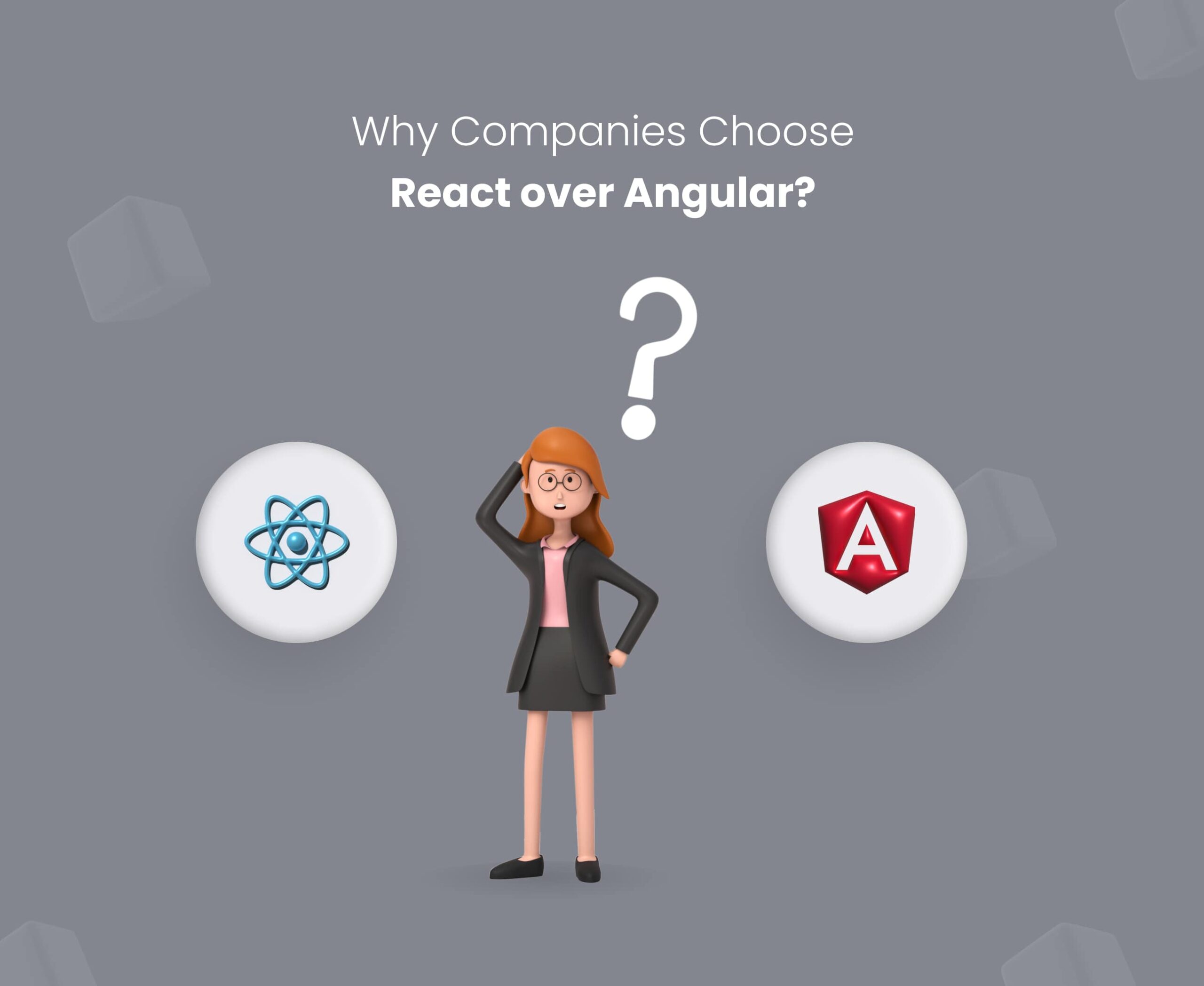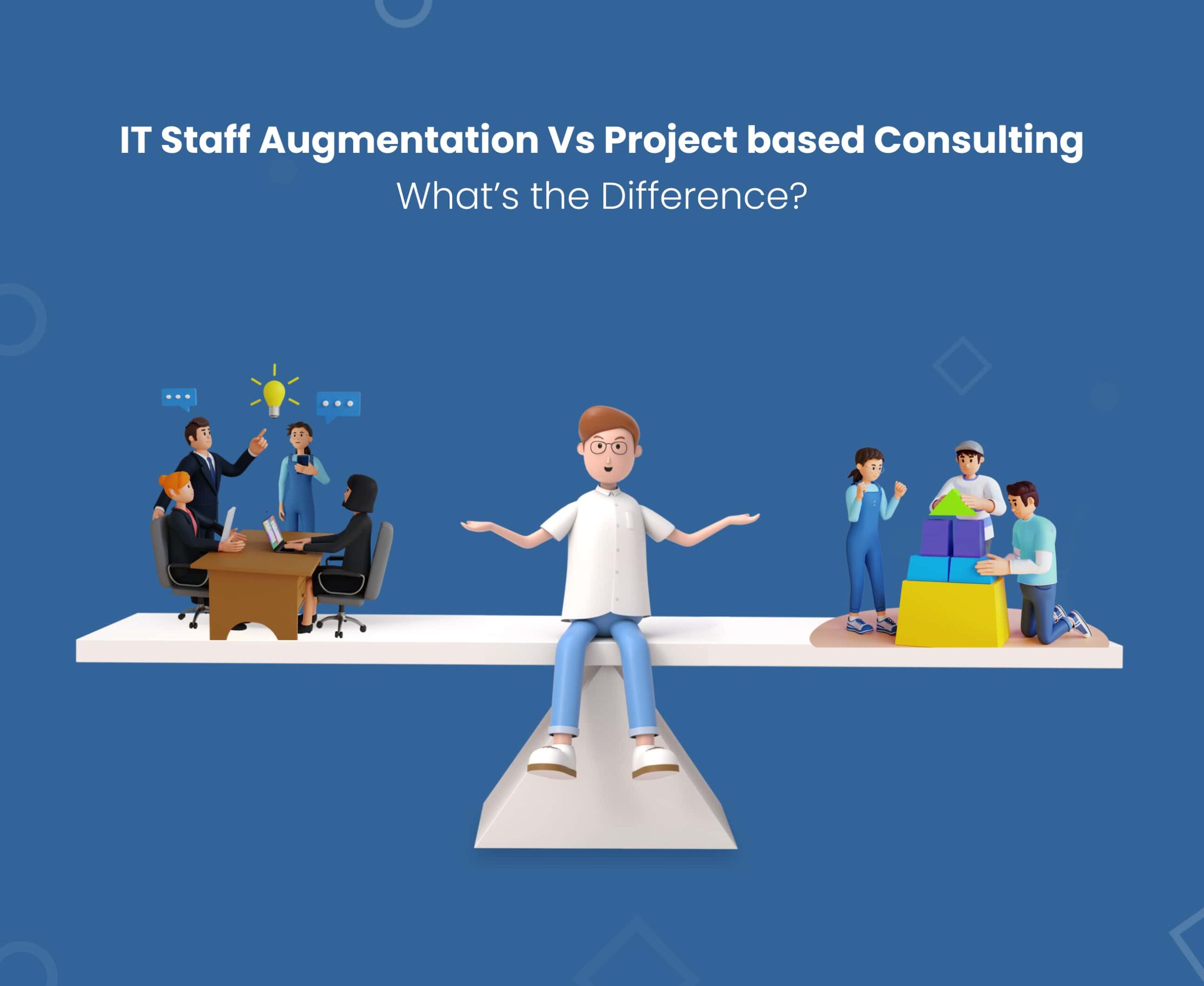As businesses hustle to bring their products to the market with lightning speed, rock-bottom costs, and slick efficiency, it’s crucial to have a killer production strategy and the right tools to make it happen. But multi-platform development can often be a real roadblock for startups that must crank out multiple apps simultaneously. Trying to juggle several teams and cross-platform development can suck up your dough and slam the brakes on your project’s runway.
That’s why savvy business owners need to find a cross-platform development framework that lets a unified team build all sorts of apps with just one codebase. And Flutter is your ticket to shine. Yes! With this nifty tool, you can develop mobile, web, and desktop apps without slicing up your team into platform-specific silos. The result? A faster development cycle, killer synced-up release schedules, and a wider audience reach translate to more cha-ching in the bank.
Flutter a must-have for any tech trailblazer looking to make a splash. With mobile and desktop technology morphing into one big happy family, cross-platform support is no longer just a bonus—it’s essential. Flutter the perfect solution for turbocharging your development process and offering the support you need to create seamless cross-platform apps. By hopping aboard the Flutter train, you can streamline your production processes, smoke the competition, and skyrocket your growth.
Table of Contents
Flutter Basics
Flutter Architecture and Its Components
Flutter is a cross-platform framework that allows developers to build high-performance mobile, web, and desktop apps with a single codebase. Its architecture is based on widgets, which are the building blocks of the UI. Flutter widgets are designed to provide a seamless and native-like experience across different platforms. The framework also supports Material Design and Cupertino widgets specifically designed for Android and iOS platforms.
Flutter uses the Dart programming language, a modern and object-oriented language that is easy to learn and use. Dart compiles native code, providing excellent performance and fast startup times. It also has powerful built-in features, including asynchronous programming, making building reactive and scalable apps easy.
Features that Make Flutter a Popular Choice for Developers
Flutter has gained immense popularity among developers due to its unique features and capabilities. Some of the key features that make Flutter a popular choice include the following:
- Hot Reload: Flutter Hot Reload feature lets developers quickly see the changes they make to the app’s UI and code. This feature significantly speeds up the development process, making it easier to iterate and refine the app.
- High Performance: Flutter architecture is designed to provide high performance and fast startup times. Its widgets are built with a custom rendering engine, allowing smooth and fast animations.
- Cross-Platform Development: Flutter allows developers to build apps for multiple platforms with a single codebase. This approach reduces development time and costs, making it an excellent choice for businesses that want to launch their apps quickly and efficiently.
- Material Design and Cupertino Widgets: Flutter supports Material Design and Cupertino widgets, which provide a native-like experience for Android and iOS users. This feature helps developers create familiar and intuitive apps for users, regardless of the platform.
How Flutter Reactive Programming Paradigm Works
Flutter reactive programming paradigm is based on building reactive and scalable apps that can handle user input, network requests, and other events in real-time. The framework uses a widget tree to manage the app’s state and render the UI. When the app’s state changes, Flutter rebuilds the widget tree and updates the UI accordingly.
Flutter uses the Stream and Future classes to handle asynchronous programming. Streams represent a sequence of events, such as user input or network responses. Futures are used to represent a value that may not be available immediately, such as the result of a network request. Flutter reactive programming paradigm makes building apps that respond quickly and efficiently to user input and other events easy.
Hot Reload & How It Speeds Up Development
One of the most significant benefits of using Flutter for app development is the feature called “Hot Reload.” Hot Reload lets developers see the changes they’ve made in the code immediately without waiting for the entire app to compile and run. In other words, it allows for real-time experimentation and debugging.
In traditional app development, making changes and compiling the app can be time-consuming. With Flutter Hot Reload, developers can make changes to the code and see the results instantly, making it easier to find and fix errors. This feature significantly speeds up the development process and helps teams to develop and test faster and more efficiently.
How Flutter Uses Skia For Rendering
Flutter uses Skia, an open-source 2D graphics library, to render graphics and text on multiple platforms. Skia is well-suited for mobile and desktop graphics rendering and has been developing for over a decade. Skia’s mature codebase, cross-platform compatibility, and performance optimizations make it an excellent choice for Flutter graphics engine.
Flutter use of Skia provides several benefits. Firstly, it allows for faster graphics and text rendering, making for a smoother user experience. Additionally, Skia enables Flutter to take full advantage of device hardware acceleration, improving overall performance. Using Skia also makes it easier for developers to create visually rich and engaging apps, with a wide range of customizable options available. Overall, Flutter use of Skia provides a robust and reliable graphics engine that allows developers to create high-quality apps easily.
Flutter vs. Other Cross-Platform Frameworks
Flutter is a popular cross-platform framework for mobile app development, but how does it stack up against similar frameworks like React Native, Xamarin, PhoneGap, and Ionic? In this section, we will dive into a comparison of Flutter with these other frameworks and explore the advantages and disadvantages of Flutter.
When comparing Flutter with other cross-platform frameworks, it’s important to consider factors like development speed, performance, ease of use, and the ability to create visually appealing user interfaces. React Native, Xamarin, PhoneGap, and Ionic are all popular cross-platform frameworks offering unique features and advantages. Here are the advantages and disadvantages of the Flutter framework to help you build a clearer picture of this cross-platform development technology.
Advantages of Flutter
- Flutter hot reload feature allows developers to make changes to the code and see the results in real-time, which speeds up the development process.
- Dart programming language provides better app performance and enables developers to write code quickly and easily.
- Flutter widgets make it easy to create visually appealing user interfaces that are responsive and customizable.
- Flutter reactive programming paradigm enables the creation of complex UIs with ease and speed.
- Flutter multi-platform support allows developers to create apps for both iOS and Android with a single codebase.
Disadvantages of Flutter
- Flutter is a relatively new framework and has a smaller community compared to other frameworks like React Native.
- Flutter use of Dart programming language may require developers to learn a new language, which can be time-consuming.
- Flutter widgets are not as customizable as in other frameworks like React Native.
- Flutter performance may not be as good as native apps, especially for apps with heavy animations or graphics.
When it comes to app performance, Flutter uses Skia for rendering, which is a 2D graphics library that provides high-quality graphics and animation. Skia is highly optimized for mobile devices, which makes it an excellent choice for mobile app development. Flutter use of Skia for rendering enables the creation of highly performant and visually appealing user interfaces.
Flutter Impact on Cross-Platform App Development
Flutter has emerged as a major player in cross-platform app development. Its popularity has grown rapidly, quickly becoming a go-to choice for developers looking to create apps for multiple platforms. In this section, we will discuss the impact of Flutter on cross-platform app development.
Overview of the Flutter community and its growth
Flutter has a rapidly growing community of developers who are passionate about the framework. The community is highly active, with developers contributing new packages and plugins to make the development process smoother. The community has grown significantly over the past few years, and it continues to expand rapidly.
Flutter community is highly supportive and welcoming, making it easy for new developers to get started with the framework. The community provides a wealth of resources, including documentation, tutorials, and sample code, which can help developers get up to speed quickly.
Explanation of Flutter Roadmap & Upcoming Features
Flutter development team has an ambitious roadmap for the framework’s future. They are constantly working on new features and improvements to make the development process even more streamlined and efficient.
One of the most exciting upcoming features is the support for foldable devices. Flutter is working on providing support for foldable devices’ unique user interface requirements, which will allow developers to create apps that take full advantage of this new form factor.
Another upcoming feature is integrating augmented reality (AR) and virtual reality (VR) capabilities. This will allow developers to create immersive apps that exploit these emerging technologies.
Predictions on how Flutter will continue to revolutionize app development
Flutter has already had a significant impact on cross-platform app development, and its influence will only grow. As more developers adopt the framework, we can expect to see even more innovative apps and user experiences being created.
Flutter ease of use and powerful features make it an ideal choice for startups and established businesses. With the framework’s ability to create high-performance apps for multiple platforms with a single codebase, developers can save time and money while delivering a high-quality user experience.
We believe Flutter will continue revolutionizing app development in the coming years. Its growing community, ambitious roadmap, and powerful features make it a force to be reckoned with in cross-platform app development.
Popular Flutter Apps
Many well-known companies have used Flutter to build apps that have been highly successful in the market. For example,
Alibaba, the largest online and mobile commerce company in the world, has used Flutter to develop its Xianyu app, which has over 50 million users. Google’s ads app, used by millions of advertisers worldwide, is also built using Flutter.
Another example is the Hamilton musical app, which uses Flutter to deliver a seamless user experience and has been highly praised by users and critics alike.
Many other successful apps are built using Flutter, including Reflectly, a personal journaling app with over 10 million downloads, and Watermaniac, a hydration reminder app with over 1 million downloads.
The success stories of these apps built using Flutter highlight Flutter impact on cross-platform app development. With Flutter, developers can build apps that offer a native-like experience on Android and iOS platforms. The framework’s widgets and reactive programming paradigm make it easy to create high-quality user interfaces, while the Dart programming language provides a fast and efficient development experience. Moreover, the hot reload feature of Flutter speeds up development time, making it easier to iterate and improve the app.
Frequently Asked Questions
What are the limitations of using Flutter for app development?
One of the main limitations is that Flutter is still a relatively new framework, which means that the community and resources are not as extensive as other more established frameworks. This may make finding solutions to certain issues harder or hiring developers with Flutter experience. Additionally, Flutter performance may not be as efficient as native app development for complex apps.
Is Flutter suitable for enterprise-level app development?
Yes, Flutter is suitable for enterprise-level app development. It can save time and resources by allowing developers to build multiple platforms with a single codebase. Flutter robust widget library also makes creating custom; branded user interfaces that meet enterprise design standards easier. Contact us if you want to leverage one-of-a-kind design and excellent development process for your app project.
Can Flutter be used for game development?
While Flutter is primarily used for app development, it is also possible to use it for game development. However, Flutter may not be the best choice for complex, high-performance games since it uses Skia for rendering, which may not be as performant as native game engines. Additionally, Flutter lack of support for 3D graphics and physics engines may limit its capabilities for game development. That said, Flutter may be a good option for simple, 2D games or games with simpler graphics and gameplay.
Is Flutter good for web development?
Flutter was primarily designed for mobile app development, but it can also be used for web development through the Flutter web project. However, Flutter web capabilities are still in beta and may not be as mature as other web frameworks. It may not have all the necessary features and capabilities for web development, such as built-in SEO or server-side rendering support. Overall, while Flutter can be used for web development, it may not be the best choice for all web projects.







